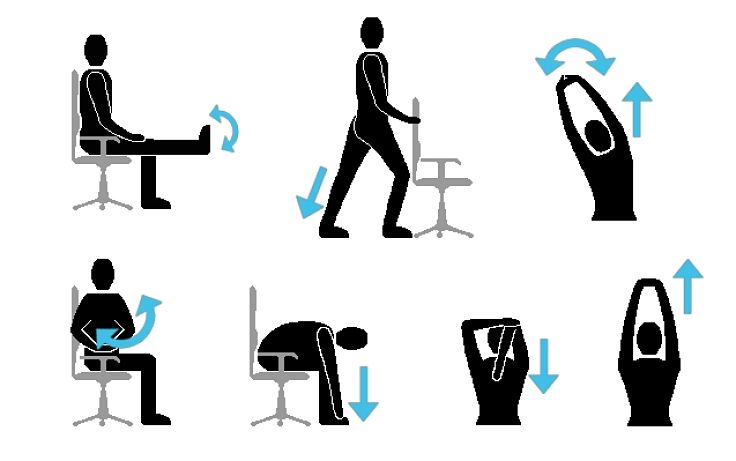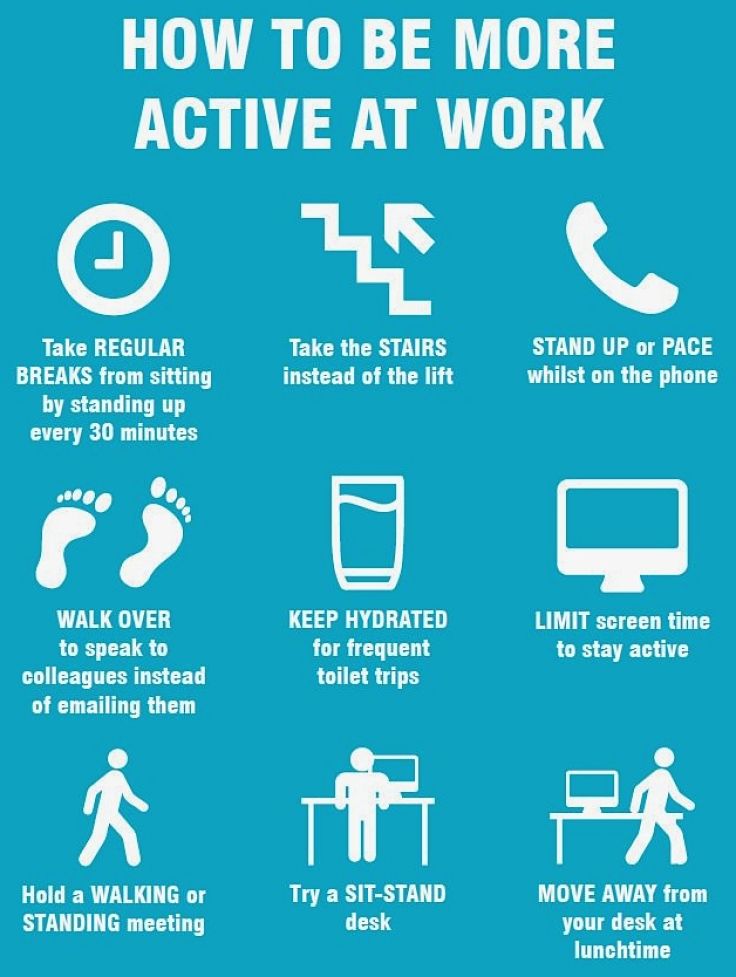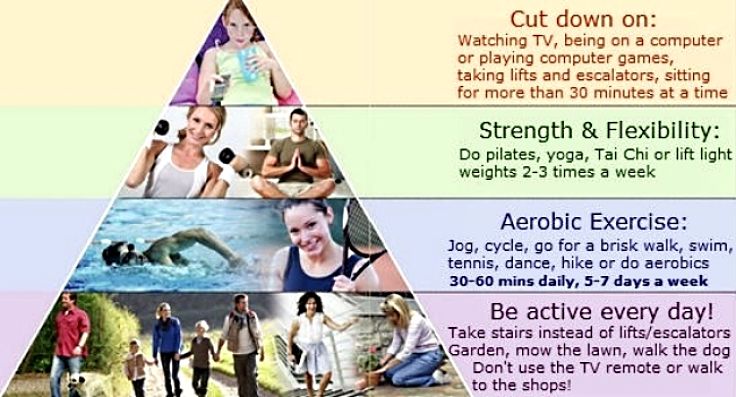How Much Exercise is Enough to Live a Long Healthy Life?
There has been endless debate about the amount of exercise needed to ensure a long and healthy life. How much is enough to reduce your mortality risk through various causes such as stroke or heart disease? Is there a threshold? Perhaps you are not doing enough? Is there a maximum after which the damage to your body reduces life expectancy? Is exercise intensity really that important?
In the past there has been too little information to provide reliable advice. This has changed recently, with publication of the results of two major long-term studies that can finally give some answers. One study involved records for 660,000 American and European men and woman self-reported their physical activity. The other study involved over 204,000 adults in Australia. Mortality records from the two groups was correlated with records of their physical activity. This article outlines the findings from the two studies.
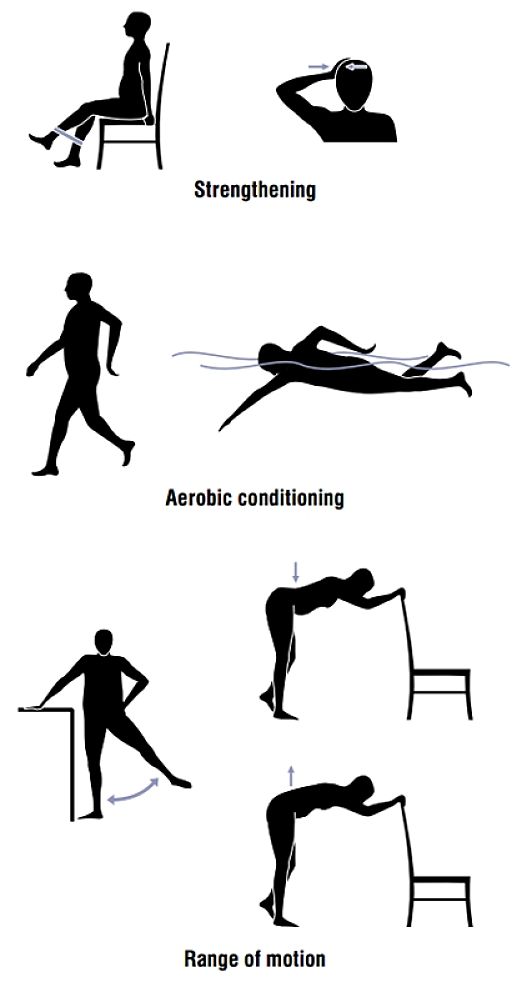
Correlation between Amount of Exercise and Reduction in the Risk of Early Death
In the first study, researchers aggregated exercise data from six large long-term health surveys over 14 years, tallying records for 661,137 men and women, aged from 21-98 years (median age, 62 years). There were 116,686 deaths.
The adults were divided into groups based on their reported time spent exercising and how vigorously they exercised. Their exercise rates and time were combined using the 2008 Physical Activity Guidelines for Americans. This guide recommended adults undertake 7.5 metabolic-equivalent hours per week. This is equivalent to a minimum of 75 minutes (1 hour and 15 minutes) of vigorous-intensity exercise per week, such as running and cycling. It is also equivalent to 150 minutes (2 hours and 30 minutes) of moderate-intensity exercise per week.
The reduced mortality rates for the various exercise group categories, based on minutes of moderate exercising (such as walking) per week were:
► Highest Mortality Rate for the no exercise group
► 20% reduced mortality risk for some exercise, (less than 150 minutes of moderate exercise per week (2.5 hours/week)
► 31% reduced mortality risk for 150-300 minutes of moderate exercise per week (4 hours/week)
► 37% reduced mortality risk for 300-450 minutes of moderate exercise per week (6 hours/week)
► 39% reduced mortality risk for 400-750 minutes of moderate exercise per week (10 hours/week)
► 39% reduced mortality risk for 740-1500 minutes per week of moderate exercise per week (10 hours/week)
Conclusion:
The study confirmed that exercising has benefits for decreasing the risk of death. People who exercise regularly are healthier. The more you exercise the better. Increasing the exercise rate four-fold from 2.5 hours/week of moderate exercise to 10 hours/week doubles the reduction in mortality risk from 20% to 39%. The benefits of extra exercise reach a plateau and there was no evidence that extreme levels of exercise were beneficial or detrimental
The peak in reduced mortality risk (39%) occurred for those who exercised at three times the recommended level.
► For moderate exercising such as walking this was equivalent to 450 minutes per week, or about an hour per day.
► For high intensity exercising, such as was equivalent to 225 minutes per week or about 30 minutes per day
► The benefits in terms of reducing mortality rates then flattened out, with higher exercise rates not showing any increased benefit. But, significantly, people exercising at up to 10 times the recommended level showed no increase in mortality rates.
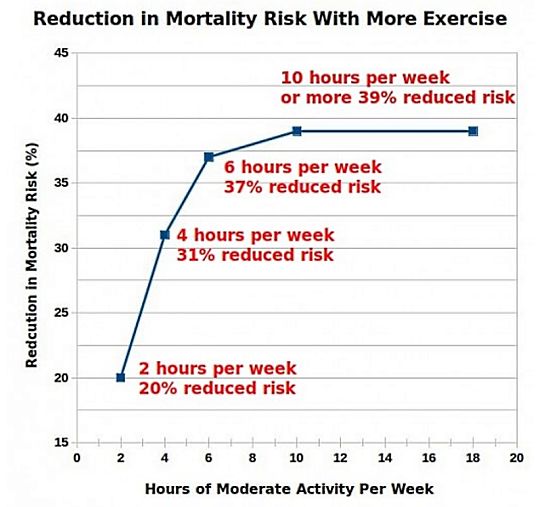
Australian Study
For the Australian study, researchers examined the death statistics of 204,542 adults aged 45-75 years. Data were complied on how much time each person spent exercising each week. The intensity of the exercise was estimated from the type of exercise undertaken; walling, running, cycling, competitive tennis, golf etc.
The results of this study in terms of reduced mortality correlated with activity were:
► 9% reduction in mortality for people who exercised vigorously for about 30% their weekly exercise time
► 13% reduction in mortality for people who exercised vigorously more than 30% of their their weekly exercise time.
► There was no evidence of any increase in mortality for people engaged in very high levels of intense exercise.
The conclusion from this study was that the intensity of the exercise undertaken was important.
The researchers suggested that people should commit themselves to a minimum of least 150 minutes (2.5 hours) of physical activity per week.
Further, that about 45-60 minutes (20%-30%) of this activity should be vigorous.
What Activity is Vigorous and How is Time or Duration Considered?
Obviously the work rate and benefit to the heart and circulation system depends on the vigor of the exercise and its duration. The best way to compare various exercises and activities is using the Metabolic Equivalent of Task (MET), or simply metabolic equivalent of exercises. This is essentially the energy cost or metabolic rate for the physical activities as a ratio compared with a reference metabolic rate. The MET system is therefore a simple relative index of the intensity of activities.
Walking at a slow pace has a MET value of 2, it requires twice the energy that an average person consumes at rest sitting on the sofa.
Running and jogging quickly have MET values of 8, rope jumping, high intensity aerobics and hill climbing have MET values of 10.
The 2008 Physical Activity Guidelines for Americans, in terms of MET, recommended adults undertake 7.5 metabolic-equivalent hours per week.
This could be achieved via an 1 hour of running, 3 hours of slow walking and 2 hours of brisk walking. Shown below are the MET values for various types of activity.
Low Intensity MET < 3
0.9 - sleeping
1 - watching television
1.8 - writing, desk work, typing
2.3 - walking at pace of 1.7 mph (2.7 km/h)
2.9 - walking, at pace of 2.5 mph (4 km/h)
Moderate Intensity MET 3-6
3 - bicycling slowly, stationary bike, slow speed
3.3 - walking at pace of 3.0 mph (4.8 km/h)
3.5 - calisthenics, light or moderate home exercise
3.6 - walking at pace of 3.4 mph (5.5 km/h)
4 - bicycling, at about 10 mph (16 km/h)
5.5 - bicycling, stationary, moderate effort
Vigorous intensity MET > 6
7 - jogging, general
8 - calisthenics, aerobics, heavy, vigorous effort
8 - running and jogging at pace
10 - rope jumping, hill climbing, high intensity aerobics
How Much Exercise is Enough to Get Maximum Benefits for Life Expectancy?
The outcomes from these definitive studies can be used to estimate how much exercise is enough to achieve the maximum possible reduction in mortality risk.
The general recommendation for exercise in terms of METs is 7.5 metabolic-equivalent hours per week.
The first study results suggest that a peak reduction in mortality occurs with an exercise equivalent of 3 times this recommended rate, or 22.5 metabolic-equivalent hours per week.
Using the MET system this recommendation can be converted into a guide for various types of activities.
Making the calculations the hours required for peak benefits for the various activities are:
Low Intensity 7-10 hours per week
10 hours - walking at pace of 1.7 mph (2.7 km/h), level ground, strolling, very slow
7.5 hours - walking at pace of 2.5 mph (4 km/h)
Moderate Intensity 4-7 hours per week
7.5 hours - bicycling slowly, stationary bike, slow speed
7 hours - walking at pace of 3.0 mph (4.8 km/h)
6 hours - calisthenics, light or moderate effort home exercise
6.25 hours - walking at pace of 3.4 mph (5.5 km/h)
5.6 hours - bicycling at 10 mph (16 km/h)
4 hours - bicycling, stationary, moderate effort
Vigorous Intensity 2-3 hours per week
3 hours - jogging, general
2.8 hours - calisthenics, aerobic, heavy, vigorous effort
2.8 hours - running and jogging at pace
2.25 hours - rope jumping, hill climbing, high intensity aerobics
Related Articles with Activity and Keeping Fit Advice
=> How Gardening is Good Exercise for Keeping Active Prolonging Life
=> How to Stay Active While Sitting at Work - Tips, Methods, Devices
=> Exercise Intensity, Duration, Frequency are Vital for Fitness, Losing Weight
=> Pedometer Use - Counting Steps Guide for Fitness and Weight loss






